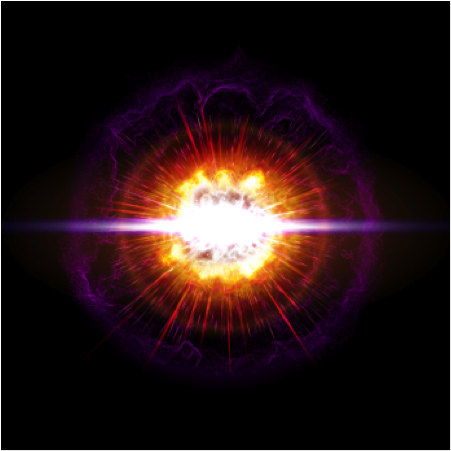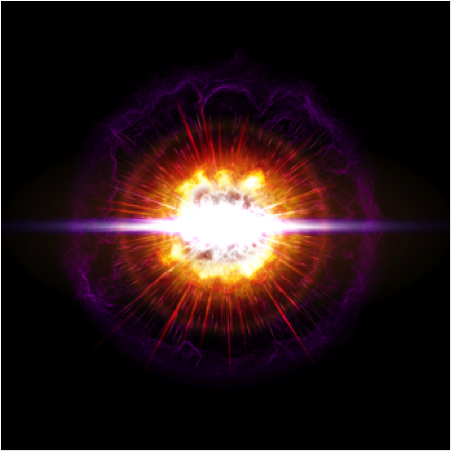Wishing isomers a long life
More than thirty years ago, nuclides in a region around hafnium ( ) that contained more neutrons than the heaviest stable isotope were predicted to be capable of existing in metastable excited states known as isomers. These nuclides can be created when a heavy ion beam is accelerated and smashed into a target, but it was not possible to identify long-lived correlations among the products created. Now, in Physical Review Letters, an experimental collaboration from the UK, Germany, US, Australia, China, and Japan, working at the GSI accelerator facility in Darmstadt, Germany, reports that it has succeeded in storing ions produced from the collision of a gold ion beam with a beryllium target in a -meter-diameter storage ring. A total of two previously known and five previously unknown metastable states of hafnium and tantalum were found. The identified isomers have excitation energies up to , half-lives between seconds and minutes, and decay either by beta or gamma emission. These observations are made possible by the capability to accurately measure masses of both isomeric and ground-state ions in the storage ring.
These experiments will contribute to the understanding of nuclear structure, of conditions in supernovas where these isomers are created, and for the possible development of novel energy storage devices. A bountiful isomeric terrain now awaits exploration. – Brad Rubin





